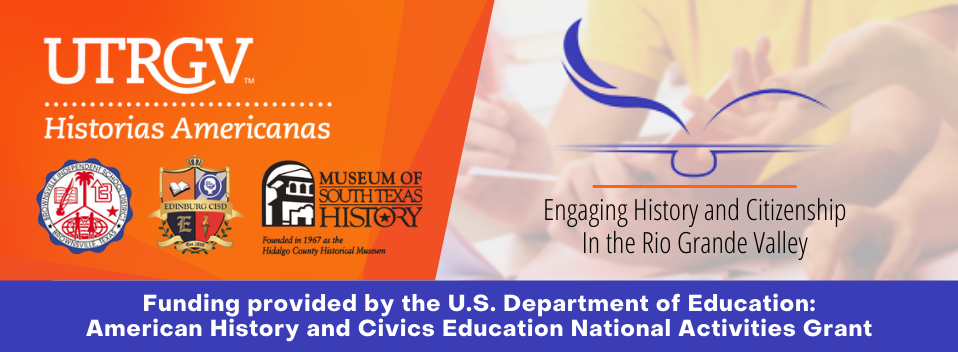
Relevant Research and Articles
Complexity, Interaction, and Epistemology: Mixtecs, Zapotecs, and Olmecs in Early Formative Mesoamerica
Document Type
Article
Creation Date
2010
Keywords
Early Meso America, Indigenous People, Epistemology: Mixtecs, Zapotecs, Olmecs, Mother Civilization of Mexico, Mexico, History, Anthology, Historias Americanas
Description
Interaction between the Gulf Coast Olmecs and various regions of Early Formative Mesoamerica remains debated and poorly understood. In Oaxaca, models have been dominated by neoevolutionary epistemology; interaction between the Valley of Oaxaca and San Lorenzo has been characterized by emulation or peer polity models. Data from the Valley of Oaxaca, the Nochixtlán Valley, and the Gulf Coast demonstrate that San Lorenzo was at a different level of sociopolitical complexity than its contemporaries. Previous comparisons between Olmec-style pottery in the Gulf Coast and Valley of Oaxaca are found to be problematic, and have led to the impression that Oaxaca villagers produced more of this pottery than did the Olmecs. Neutron activation analysis demonstrates the Gulf Coast Olmecs exported ceramics to Mixtecs and Zapotecs in Oaxaca, while receiving few if any pots in return, suggesting that new models and theoretical perspectives must be applied to understanding the relationships between Oaxacan chiefdoms and the nascent Olmec state at San Lorenzo. An agency perspective explores what Mixtec, Zapotec, and Olmec groups may have taken from these interactions and relationships and acknowledges both local and Gulf Coast understandings of “Olmec.” Such relationships may be characterized more by acquisition between regions, with San Lorenzo as a superordinate center.
Recommended Citation
Blomster, J. (2010). COMPLEXITY, INTERACTION, AND EPISTEMOLOGY: MIXTECS, ZAPOTECS, AND OLMECS IN EARLY FORMATIVE MESOAMERICA. Ancient Mesoamerica, 21(1), 135-149. doi:10.1017/S0956536110000039

